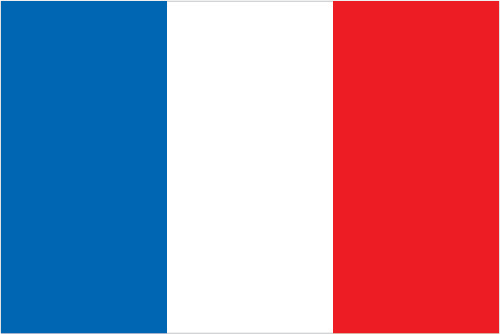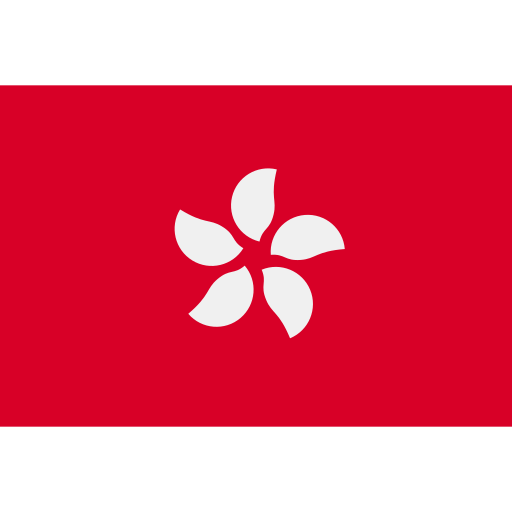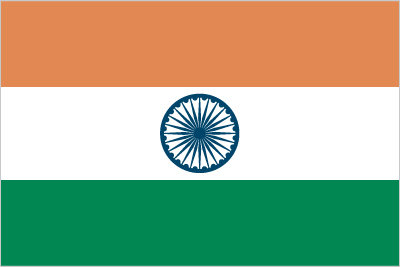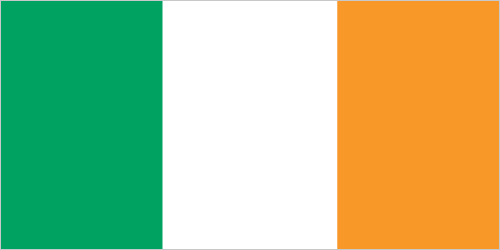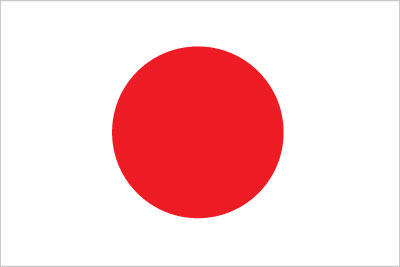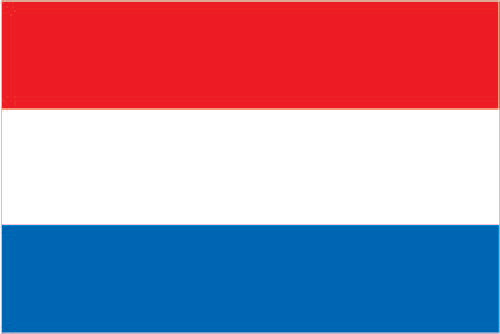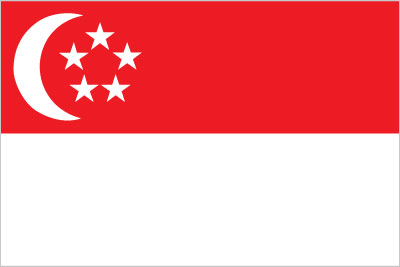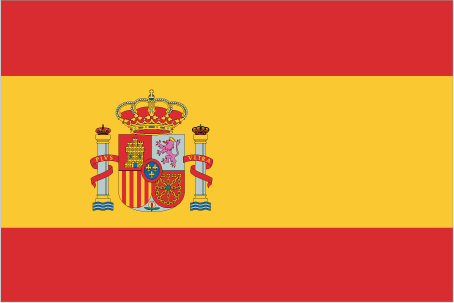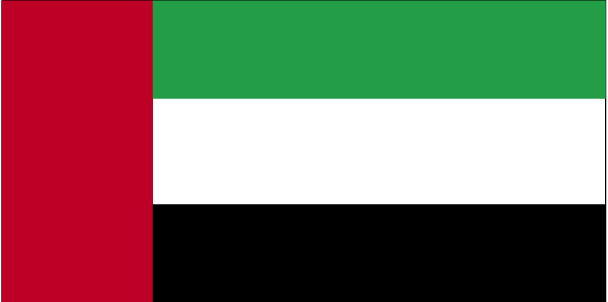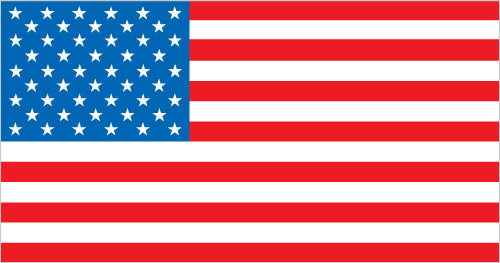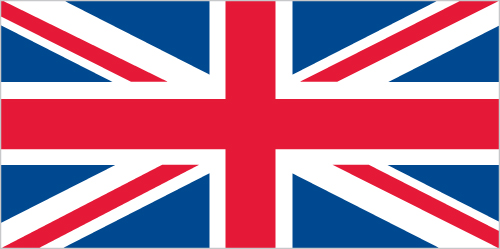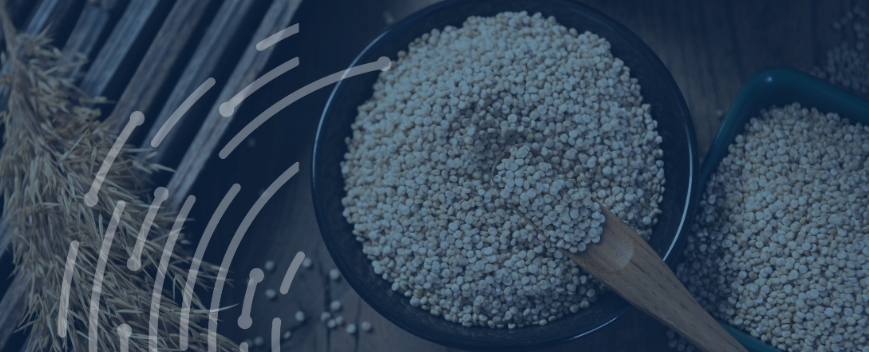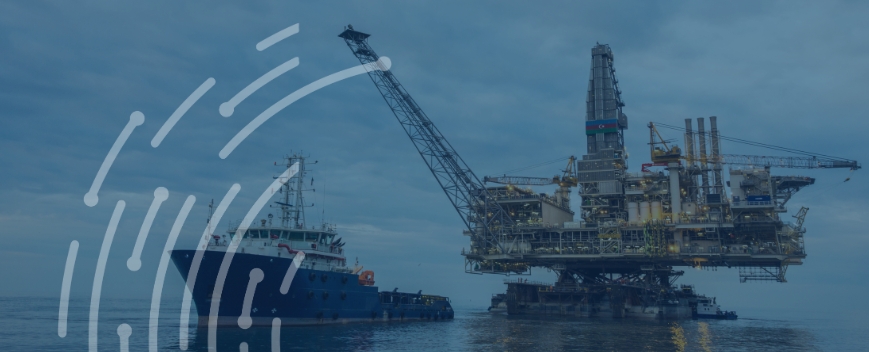Exporting to Iraq
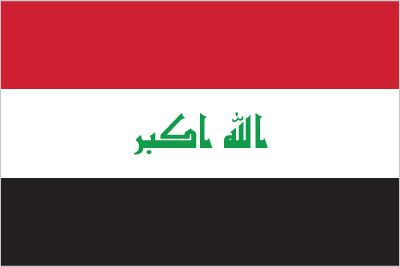
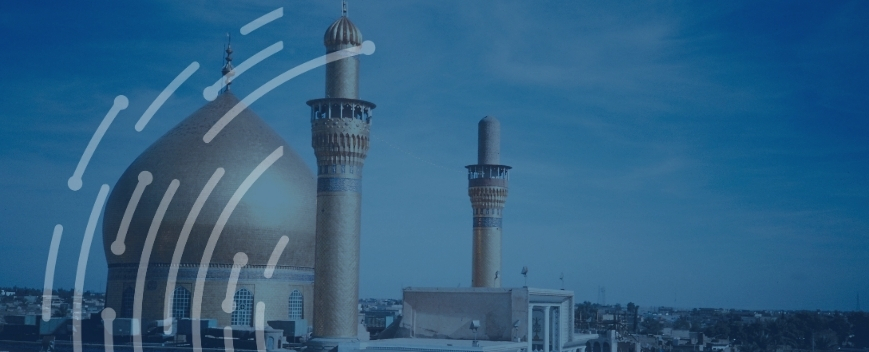
Iraq Country Profile
Official Name (Local Language) Jumhuriyat al-Iraq/Komar-i Eraq
Capital Baghdad
Population 38,146,025
Currency Iraqi Dinar
GDP $173 billion
Languages Arabic
Phone Dial In 964
Iraq Imports Profile
Imports ($m USD) 37,064
Number of Import Products 1,280
Number of Import Partners 89
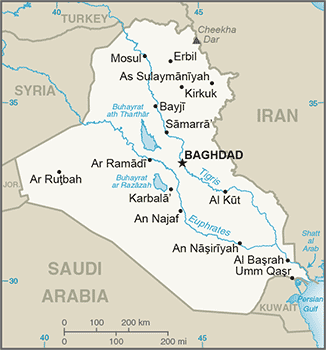
Iraq Economic Statistics
Government Website | https://www.cabinet.iq/ |
| Sovereign Ratings | https://countryeconomy.com/ratings/iraq |
| Central Bank | Central Bank of Iraq |
| Currency USD Exchange Rate | 1,179 |
| Unemployment Rate | 16% |
| Population below poverty line | 23% |
| Inflation Rate | 2.4% |
| Prime Lending Rate | 0.06% |
| GDP | $173 billion |
| GDP Pro Capita (PPP) | $16,500 |
| Currency Name | Iraqi Dinar |
| Currency Code | IQD |
| World Bank Classification | Upper Middle Income |
| Competitive Industrial Performance | NA |
| Corruption Perceptions Index | 169/180 |
| Ease of Doing Business | 171/190 |
| Enabling Trade Index | NA |
Access trade, receivables and supply chain finance
We assist companies to access trade and receivables finance through our relationships with 270+ banks, funds and alternative finance houses.
Get StartedExporting to Iraq
Iraq’s main imports are oil, machinery, and agricultural products like tobacco and rice.
Iraq imports much of its food and consumer goods, largely from Asian countries such as the UAE, China and Turkey. The agricultural industry, once an important part of Iraq’s economy, has shrunk in recent years and is predicted to weaken further due to climate change-related droughts. This will make it even more dependent on foreign food exports, which would leave many people vulnerable to food insecurity if an external shock leads to even a modest rise in prices.
Iraq is still not a member of the WTO, despite gaining observer status in 2004. This complicates trade somewhat and precludes many investment opportunities; however, the newly elected government has signalled openness to widen its trade partners, which could mean more favourable legislation in the near future.
The previous regime, toppled by the Iraq war in 2003, had a near-total control of the economy, and the process of privatisation and liberalisation is still ongoing. Corruption is widespread but the government is taking meaningful steps to combat it, making it less and less prevalent. Importers need an import licence to export to Iraq, which can be burdensome to acquire and might be taken away suddenly as government policy turns protectionist. Kurdistan, a semi-independent region of Iraq on the country’s border with Turkey, has lower tariffs and friendlier policies targeted at potential investors.
Exporting to Iraq: What is trade finance?
The country holds the 44th rank as the largest export economy in the world. New contracts with international oil companies are also forecasted to increase Iraq’s oil exports about the usual level of around 1,900,000 bbl per day. The war with Iran which almost lasted for a decade brought long-term problems for Iraq because major oil export facilities were heavily damage thus the government resorted to borrowing funds and rescheduling foreign debt payments which could ultimately be summed up to reach at least $80 billion total losses. However, in the 1980s, Iraq slowly regained from these losses as oil exports increased after the rehabilitation and construction of the pipelines and facilities. Using the Harmonized System (HS) classification, it has been identified that the top exports of Iraq are Crude Petroleum ($76B), Refined Petroleum ($890 M), Ethers ($140 M), Tropical Fruits ($65 M) and Gold ($50 M) The top export destinations of Iraq meanwhile would include India ($18 B), China ($16B), the United States (at around $12B), South Korea ($8.3B) and Greece ($4.4B). The imports in Iraq declined from US $50,446 million to only US $45,200 million. As reported by the Central Bank of Iraq.
Chart Showing GDP Growth Compared to rest of world
GDP Composition for Iraq
Agriculture
5.7%
Wheat, barley, rice, vegetables, dates, cotton; cattle, sheep, poultry
Industry
45.1%
Petroleum, chemicals, textiles, leather, construction materials, food processing, fertilizer, metal fabrication/processing
Services
49.3%
Map
Top 5 Import Partners
| Country | Trade | % Partner Share |
| China | 10,506 | 28.35 |
| United Arab Emirates | 5,535 | 14.93 |
| Unspecified | 5,226 | 14.10 |
| Korea, Rep. | 2,905 | 7.84 |
| United States | 2,431 | 6.56 |
Top 5 Import Products
| Export Product | Number |
| Natural gas, liquefied | 17.2% |
| Casings,i/s,int/ext circ c sect,wld ext dia >40 | 10.9% |
| Tubes,pipe&hollow profiles,iron or nas,welded,o | 105% |
| Natural gas in gaseous state | 5.6% |
| Petroleum oils, etc, (excl. crude); preparation | 4.7% |
Local Partners
- All Topics
- Iraq Trade Resources
- Export Finance & ECA Topics
- Local Conferences



